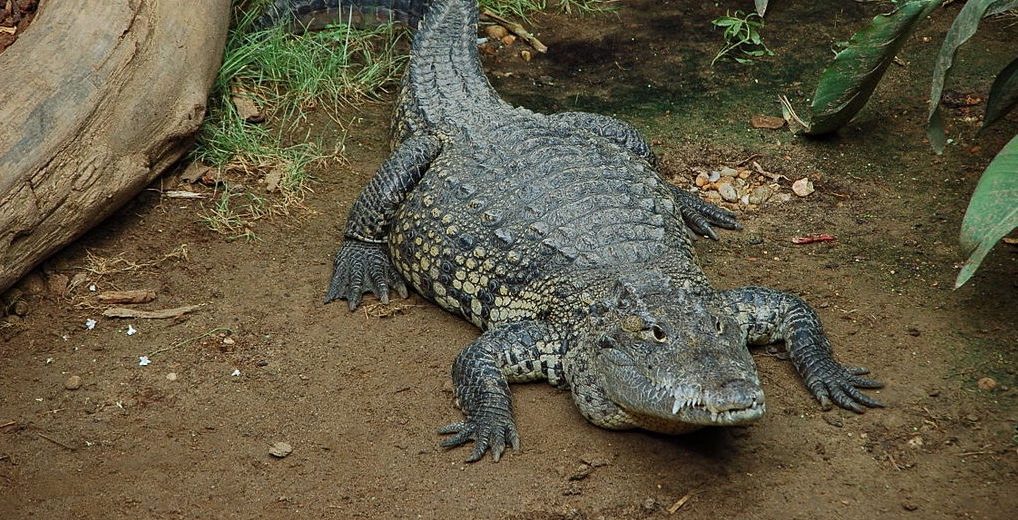
The Morelet’s crocodile, aka agarei, brown crocodile, swamp crocodile, Mexican crocodile, Belize crocodile, Central American crocodile, soft belly crocodile, or “Cocodrilo de Pantano”, hails from eastern Mexico, Yucatan peninsula, northern Guatemala, and Belize. They prefer marshes, swamps, and forested riparian habitats; but can also be found in coastal brackish water habitats. Even though these crocs are threatened by hunting and trapping; industrial pollution; military interference and pollution; and agricultural pollution, these critters are still listed as Least Concern by the IUCN.
First the Stats…
Scientific name: Crocodylus moreletii
Weight: Up to 249 lbs.
Length: Up to 9.8 feet
Lifespan: Up to 80 years
Now on to the Facts!
1.) The French naturalist, Morelet, described this species in the 19th century and thus these crocodilians are named after him.
2.) A group of crocodiles is called a float, nest, bask, or congregation.
3.) These crocodiles are nocturnal (active at night).
4.) They prefer to stay in the water, although they can travel fine on land too.
5.) Their days are spent sun bathing, motionless.
But wait, there’s more on the Morelet’s crocodile!
6.) The diet of a Morelet’s crocodile varies by age. Juveniles consume small invertebrates and fish. Sub-adults prey on fish, mice, rats, and small birds. While adults prey on fish, turtles, lizards, birds, larger mammals – like dogs and cats, and will even resort to cannibalism of younger crocs when food is not readily available.
7.) It is presumed that these crocs are polygynous (1 male mates with multiple females). But this isn’t well documented.
Did you know…?
Crocodiles have the strongest bite force of any animal alive today. These crocs have a bite force of around 3,000 psi.
8.) Breeding occurs between April – June.
9.) Mound nests are built that measure over 3 feet high and over 9 feet wide.
10.) Females lay up to 45 eggs that hatch in up to 80 days.
But wait, there’s still more on the Morelet’s crocodile!
11.) Hatchlings are taken to the water, after birth, and are fiercely guarded against predators and cannibalism by other crocs.
12.) The scales covering a majority of their head and body have integumentary sense organs that detect pressure, water salinity, and vibrations.
Did you know…?
Even though their bite is the most powerful of any creature, opening their mouth can be stopped with human hands or even a strand of electrical tape. This is because the muscles used to open their jaws are very weak.
13.) While submerged, their 4-chambered heart resorts to using only 3 chambers and slows down to allow for a longer dive.
14.) When crocodilians rest on the shore, with their mouths open, they are not showing signs of aggression, but instead are cooling off. They release heat through their mouth.
15.) Due to the tapetum, a layer behind each retina, when a light is shown along the water, their eyes reflect back at you with a red glow. The tapetum makes night vision possible.
But wait, there’s still a little more on the Morelet’s crocodile!
16.) Jaguars, anacondas, and humans prey on these crocodiles.
17.) Like all crocodilians, these critters have what is called a nictitating membrane. This is a 3rd eyelid that protects their eyes while underwater.
Now a Short Morelet’s Crocodile Video!
Be sure to share & comment below! Also, check out the Critter Science YouTube channel. Videos added regularly!
Want to suggest a critter for me to write about? Let me know here.
Think you know a lot about critters? Try your hand at these fun, free quizzes:



